- -10%

10% off sitewide at HECOSFAIR until November 3, 2025 — Celebrate Halloween with indulgence and frightfully sweet prices.
Every HECOSFAIR order helps life grow — a tree is planted in your name, offered by HECOSFAIR.
Free delivery for mainland France from 50€, from 99€ for Europe & from 199€ for countries outside Europe.












Immerse yourself in the wonder and legends of Haiti through the delicate scents of our natural and fair trade coffee.
It is a rare and very fine coffee, which is of the same type of Arabica Typica from the Blue Mountain of Jamaica.
Haitian coffee is ranked among the best coffees in the world.
Our green coffee is the ripe seed of the coffee tree, not having undergone the roasting stage.
It is grown and processed in Haiti by local producers, according to the rules of organic farming and awaiting their certifications.
It is washed and then undergoes rapid fermentation by wet method.
Then it is dried in the sun.
Finally it is roasted in the United States or France.
It then releases notes of pineapple, orange and banana.

Aroma: Gourmet and fruity
Region: Southeast
Altitude: 1000m
Process: washed
Variety: Arabica Typica, Bourbon
 Once the package has been opened, we advise you to keep the product in a cool, dry place, away from light and humidity, so that it retains all its nutritional and taste qualities.
Once the package has been opened, we advise you to keep the product in a cool, dry place, away from light and humidity, so that it retains all its nutritional and taste qualities.
 This product does not contain any allergens, however it may contain traces (eggs, soy, sulphur, nuts, etc.).
This product does not contain any allergens, however it may contain traces (eggs, soy, sulphur, nuts, etc.).








100% secure payment with PayPal & PayPlug – cards & 4x installments

Free delivery from €50 in France, €99 in Europe & €199 worldwide

Returns within 14 days (under certain conditions)
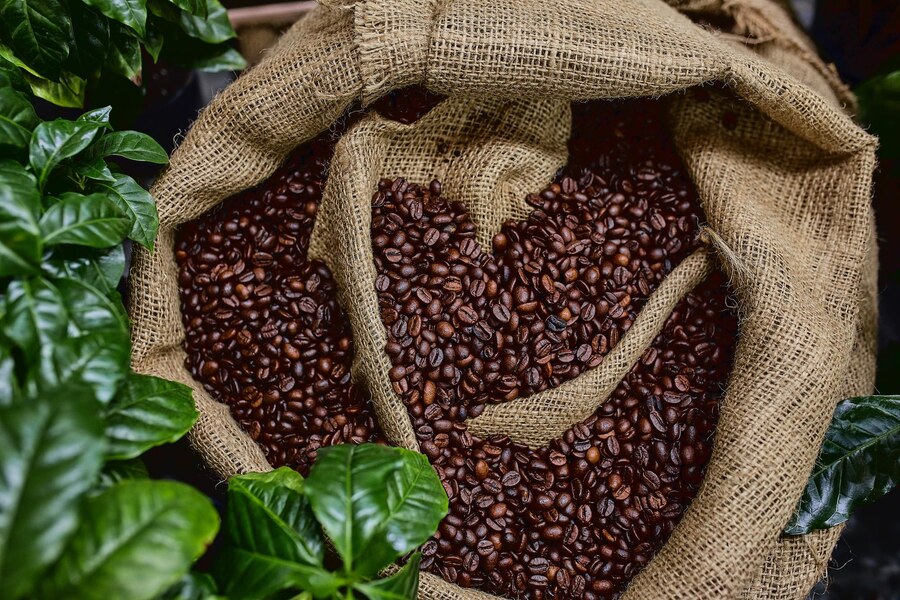
Aroma: Gourmet and fruity
Region: Southeast
Altitude: 1000m
Process: washed
Variety: Arabica Typica, Bourbon

There are several legends about the discovery of coffee. One version dates it back to 850 and locates it in Abyssinia, present-day Ethiopia.
A shepherd reportedly noticed that his goats were excited after eating the leaves and fruit of a shrub. He allegedly brought a branch of the shrub to a monk, who prepared a drink from the seeds collected. Astonished by the exhilarating effect of the liquid, the monks attributed the authorship of this drink to a deity.
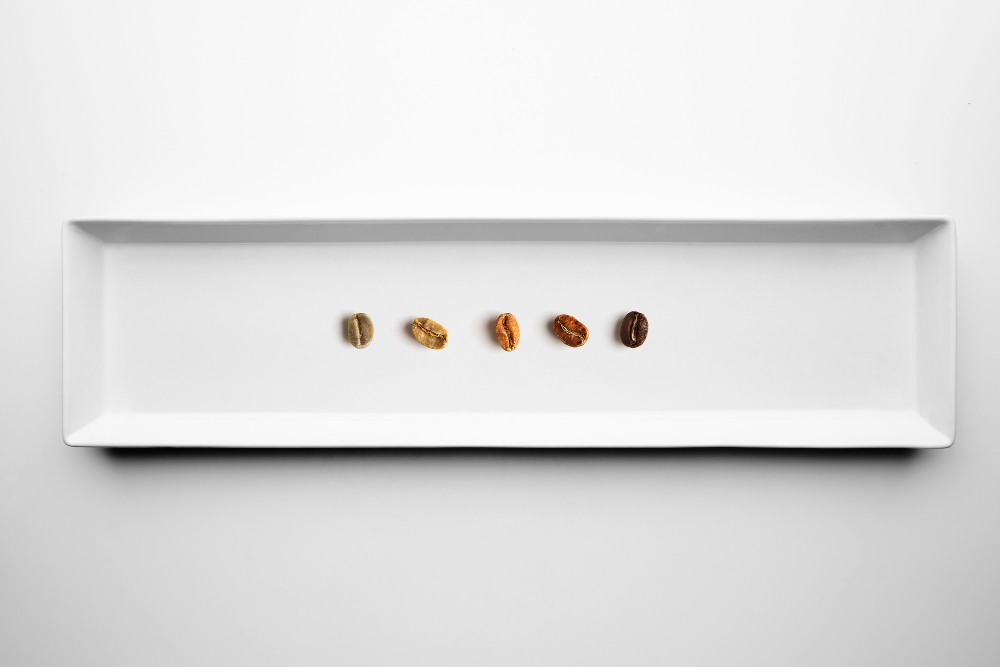
Another legend has it that the monk, after observing the agitation of the goats consuming the berries, had the idea of boiling the grains in order to obtain a potion that would help him to stay awake on nights of prayers.
The word "coffee" probably originates from the Arabic "K'hawah" which means invigorating, while some linguists claim that it comes from the word "Kaffa", the name of the province of Ethiopia where it was discovered.
In the 15th century, places of conviviality called “coffee houses” gradually flourished. We play there and we taste coffee.
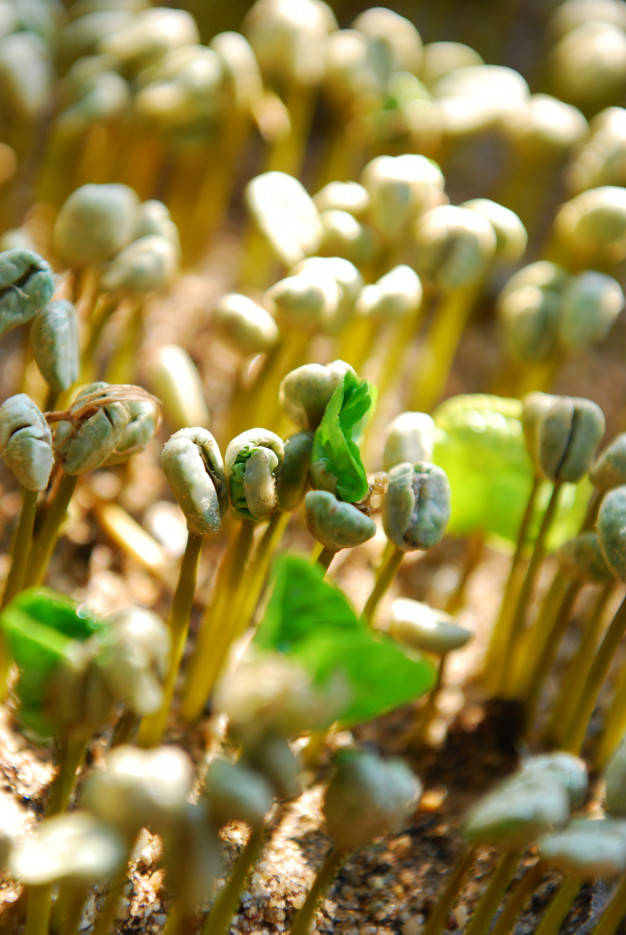
Coffee trees are shrubs from the tropics of the genus Coffea of the Rubiaceae family.
The species Coffea arabica (historically the oldest cultivated) and Coffea canephora (or robusta coffee tree), are those used in the preparation of the drink.
Other species of the genus Coffea have been tested for this purpose or are still locally used, but have never experienced wide distribution.
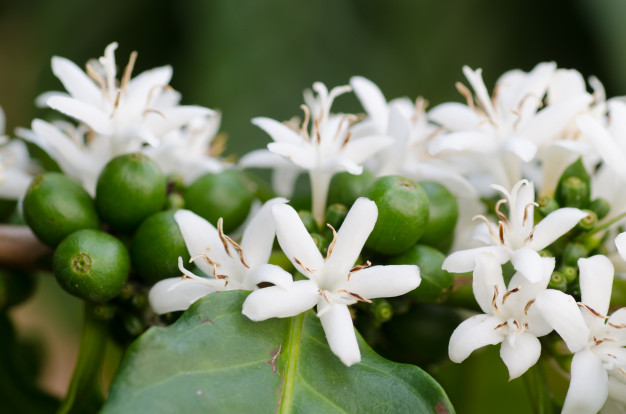
Coffea arabica, which produces a fine and aromatic coffee, requires a cooler climate than Coffea canephora (robusta), which produces a drink rich in caffeine.
The more delicate and less productive Arabica culture is therefore rather reserved for mountain lands, while that of Robusta adapts to lowland lands with higher yields.
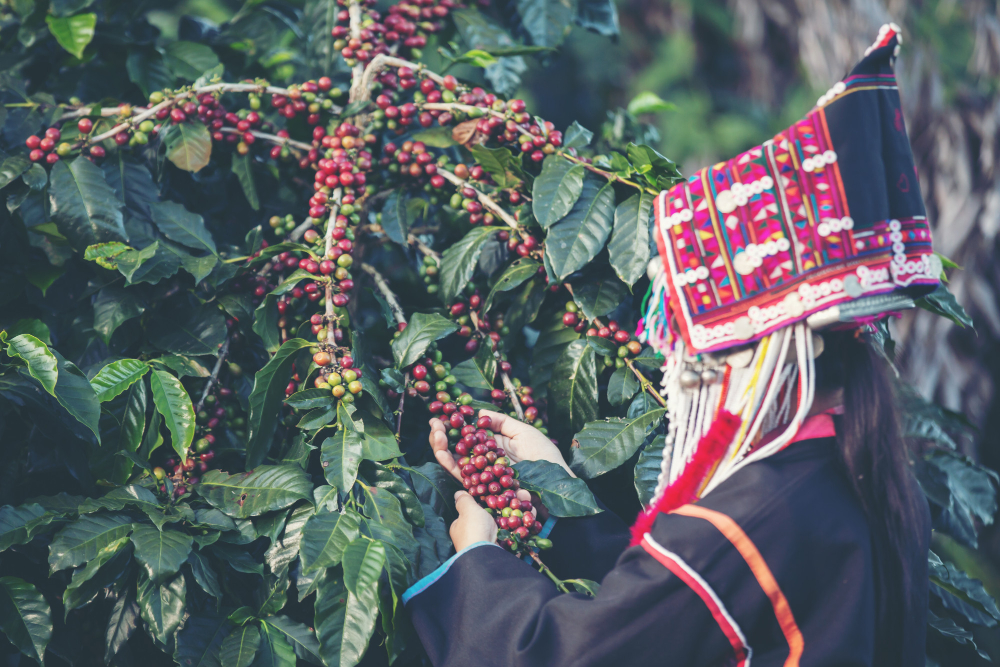
The mother plant of most Arabica plants in the world is kept at the Hortus Botanicus in Amsterdam.
Depending on the variety, the coffee tree can reach 4 to 6 m in height. However, cultivated species are cut back to about 4 m for easier picking.
The coffee tree does not begin to produce fruit until its 5th and 6th year. Its white flowers give rise to fleshy, red, purple, or yellow fruits, called coffee cherries.
Measuring between 1 and 2 cm in length, these fruits are home to two pale green seeds, covered with a leathery membrane, the parchment, containing between 1 and 2% caffeine depending on the species.
As the coffee trees produce year round, you can find flowers, green coffee cherries and red cherries on a single branch. Picking lasts an average of 3 months.
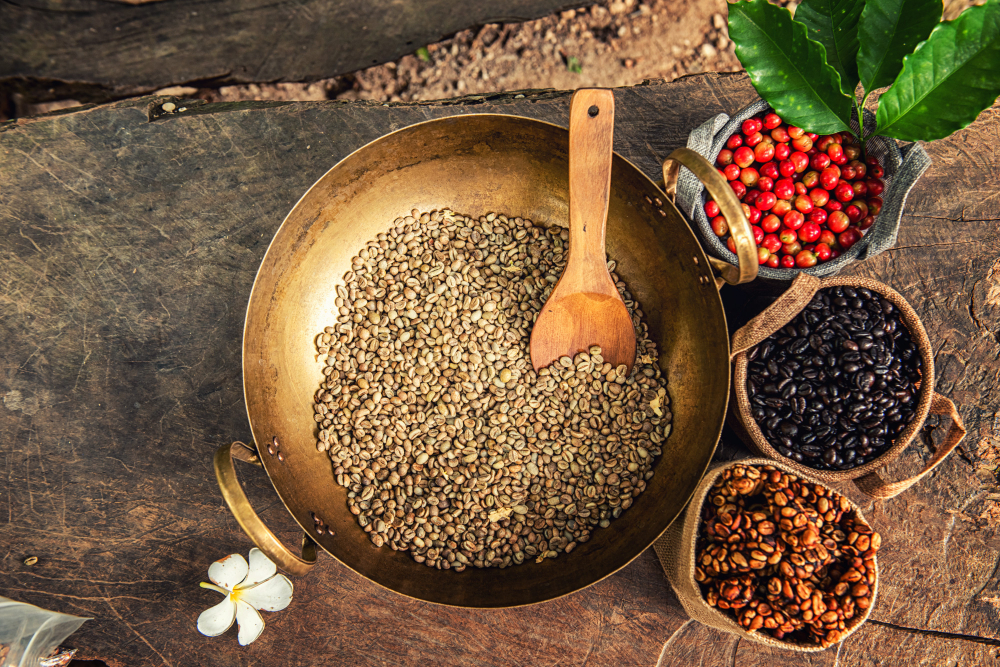
The coffee tree maintained at the dimensions of a small shrub retains high productivity for more than 30 years.
The grains are still picked manually, because their ripening is not uniform and mechanical picking does not yet give satisfactory results.

Plantations can be made in the open, which facilitates the organization of cropping operations and increases fruit production, but decreases the longevity and resistance to diseases of coffee trees.

Plantations can also be made in partial shade (we speak of shade coffee), which corresponds better to the autecology of the species, but reduces productivity and complicates management.
There are many variations on shade growing methods, from planting directly in the forest to clever combinations of shelter trees pruned according to the fruiting stage of the coffee trees or to polyculture systems.
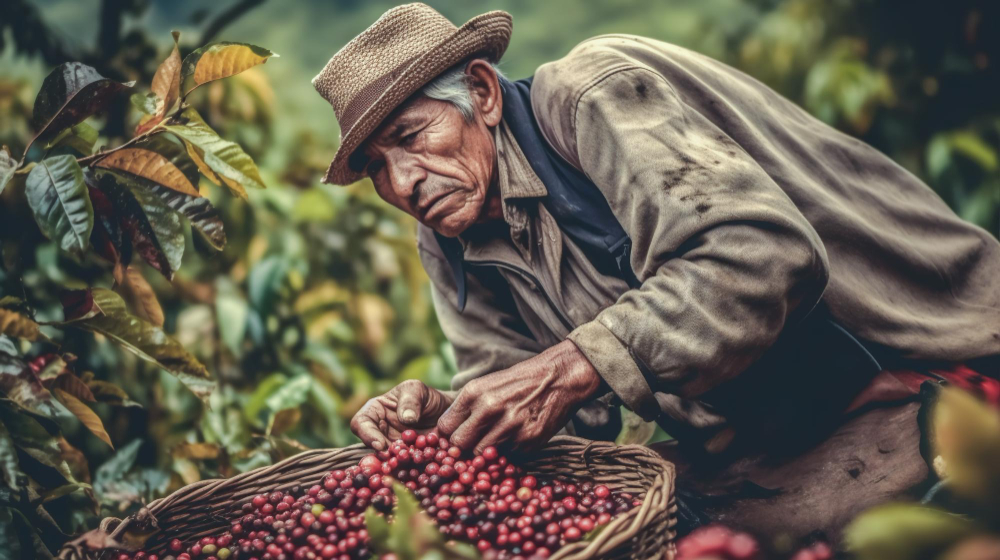
Shade plantations generally induce better biodiversity, however very variable in quality depending on the systems used and compared to the initial natural state.
When the fruits reach maturity, 6 to 8 months after flowering for arabica, 9 to 11 months for robusta, the coffee harvest can begin. Two methods are used: picking or destemming.
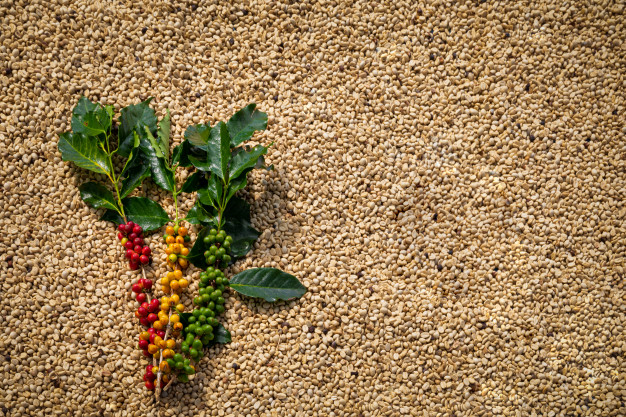

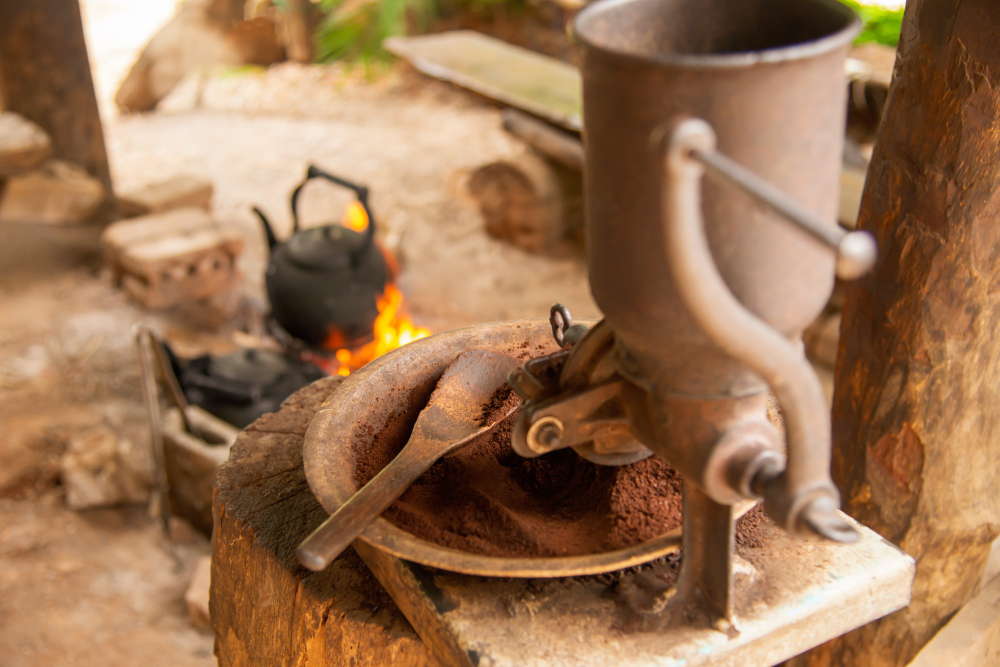





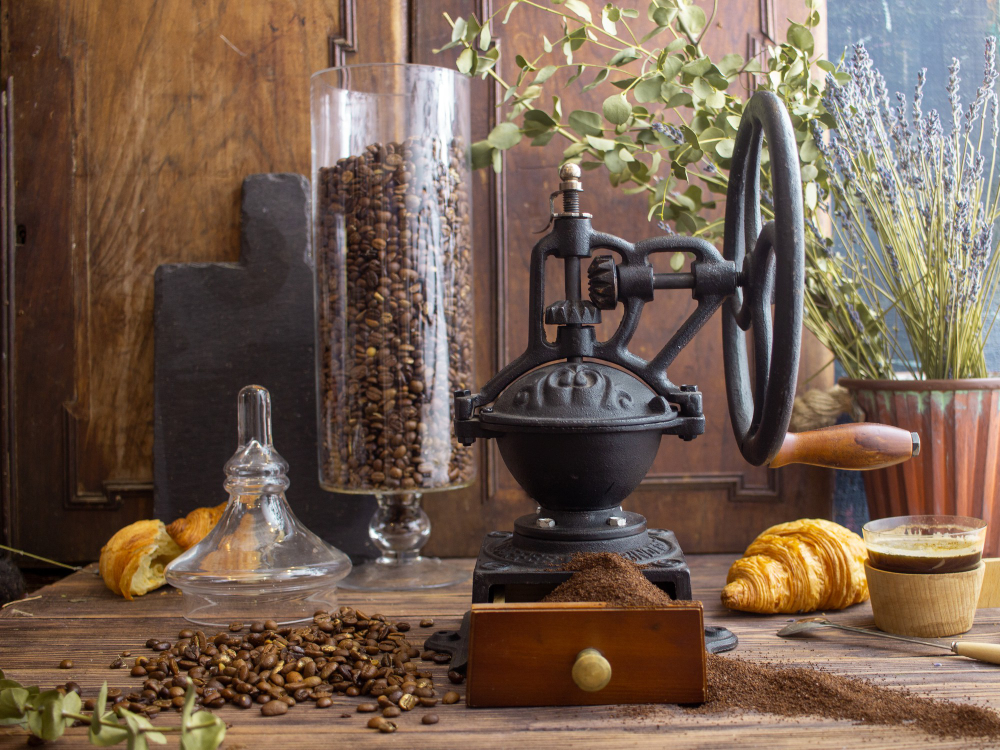

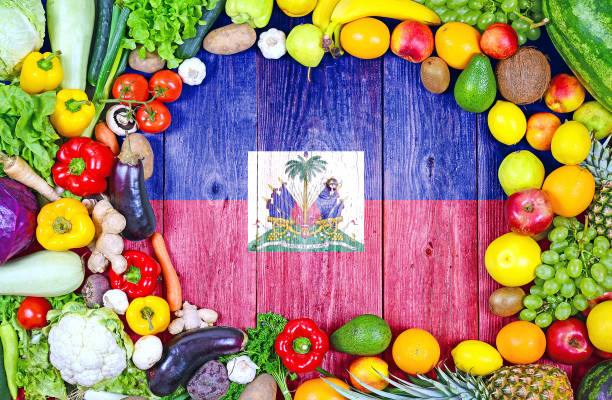

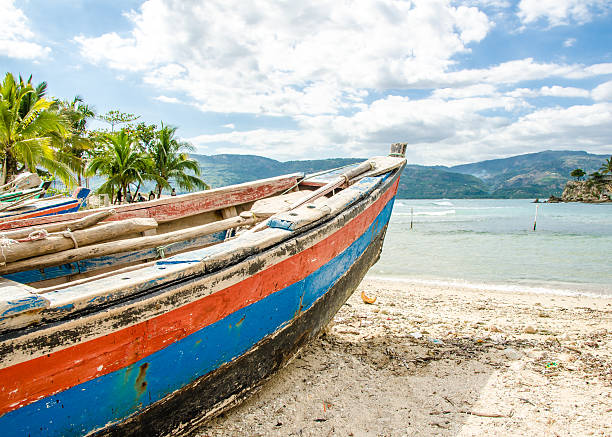



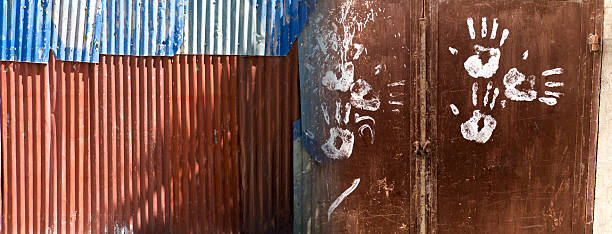
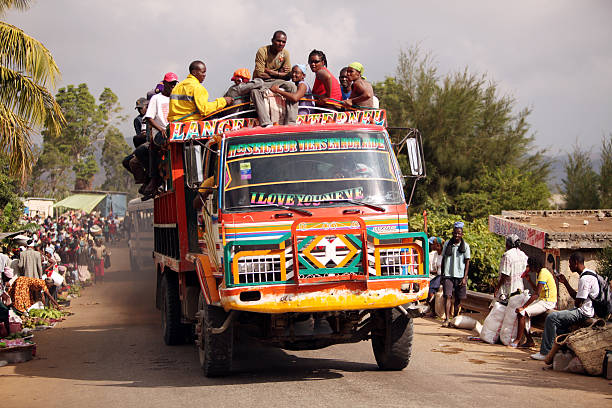





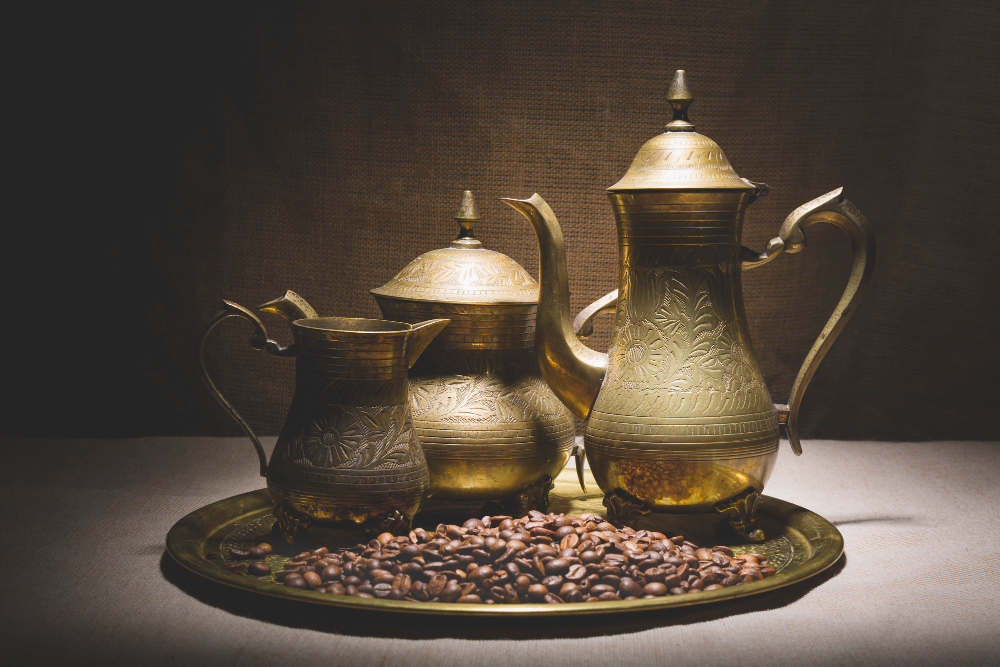

















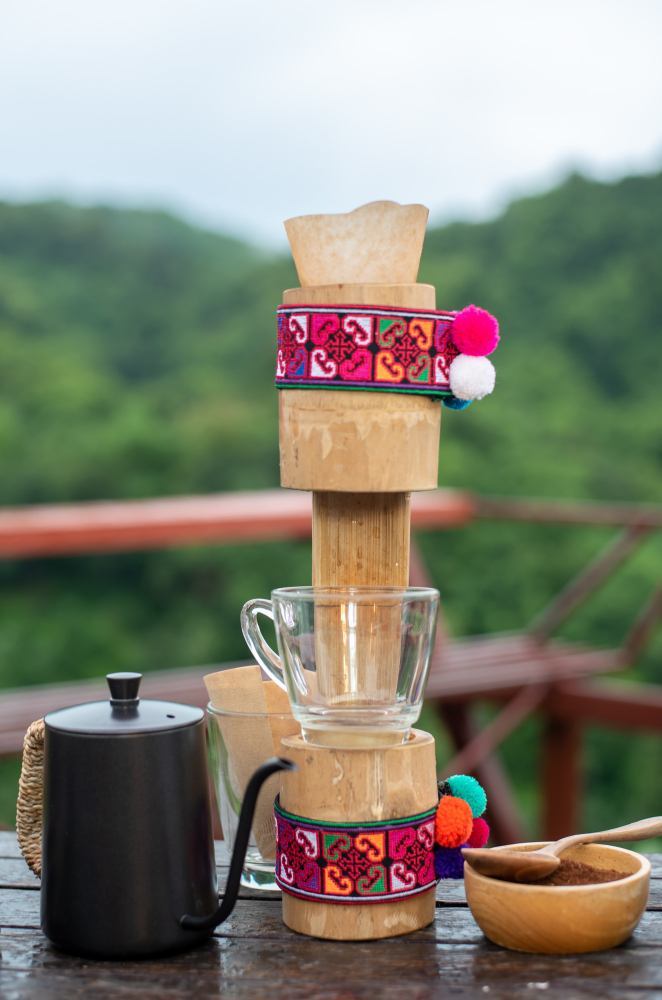

Let yourself be seduced by our rare Skybury coffee from Australia.
It is an exceptional coffee, 100% Arabica, from the legendary and rare Blue Montain coffee, grown in the blue mountains of Jamaica, a Caribbean island. The latter are classified as UNESCO world heritage sites.
It is a variety derived from Bourbon and catuai plants.
This coffee undergoes “fully washed” post-harvest treatments, i.e. completely washed, then undergoes rapid wet fermentation.
In France, our beans are slowly roasted to the core and brewed regularly to guarantee perfect release of their aromas.
This rare coffee has a harmonious flavor combined with a very good length in the mouth, with fruity, floral and spicy notes which make it one of the best coffees in the world.

Character: harmonious
Aromatic repertoire: Gourmet chocolate, fruity red berry, floral, spicy
Region: Queensland, Australia
Altitude: 100 - 900m
Process: Washed coffee
Variety: Bourbon, catuai
Harvest period: July - August
 Once the package has been opened, we advise you to keep the product in a cool, dry place, away from light and humidity, so that it retains all its nutritional and taste qualities.
Once the package has been opened, we advise you to keep the product in a cool, dry place, away from light and humidity, so that it retains all its nutritional and taste qualities.
 This product does not contain any allergens, however it may contain traces (eggs, soy, sulphur, nuts, etc.).
This product does not contain any allergens, however it may contain traces (eggs, soy, sulphur, nuts, etc.).








Let yourself be seduced by our Blue Mountain coffee, the legendary and rare coffee from the majestic blue mountains of Jamaica, a small Caribbean island.
The latter have been classified as UNESCO world heritage sites.
The rich and fertile soil, the high altitude, the quality of the precipitation and a thick mist combine to provide the ideal conditions for the flourishing of coffee appreciated by fine gourmets.
This coffee undergoes “fully washed” post-harvest treatments, i.e. completely washed, then undergoes rapid wet fermentation.
You will be seduced by its sweet and tangy flavor combined with a very good length in the mouth, delicate and pleasant aromas, which make it one of the best coffees in the world.

Character: Delicate and sweet aroma
Aromatic repertoire: Gourmet
Region: Blue Mountain
Altitude: 1500m-1700m
Process: washed
Variety: Arabica Typica
 Once the package has been opened, we advise you to keep the product in a cool, dry place, away from light and humidity, so that it retains all its nutritional and taste qualities.
Once the package has been opened, we advise you to keep the product in a cool, dry place, away from light and humidity, so that it retains all its nutritional and taste qualities.
 This product does not contain any allergens, however it may contain traces (eggs, soy, sulphur, nuts, etc.).
This product does not contain any allergens, however it may contain traces (eggs, soy, sulphur, nuts, etc.).








Let yourself be seduced by the notes of chocolate and cashew nuts of our rare organic Cuzco coffee from Peru, roasted in France.
It is a 100% pure organic Arabica Typica bourbon coffee.
It is grown between 1300m and 1700m altitude by small producers in Cuzco or Cusco, a region near Machu Picchu, in Peru.
It is harvested in July and is dried in the sun.
This coffee undergoes “fully washed” post-harvest treatments, i.e. completely washed, then undergoes rapid wet fermentation.
It is part of a “Café Selva Norte” program led by small Peruvian farms, engaged in agroforestry and reforestation of the country.
This lovely composition of flavors gives it a nice complexity with a nice length in the mouth.
The climatic conditions and means implemented give a very characteristic, fabulous coffee.

Region: Cuzco or Cusco (near Machu Picchu)
Processing: Wet process, sun dried
Altitude: 1300m to 1700m
Variety: Bourbon Typica Castilla Limani
Cutting profile: light acidity, medium intensity
Flavors: cocoa, cashew
 Once the package has been opened, we advise you to keep the product in a cool, dry place, away from light and humidity, so that it retains all its nutritional and taste qualities.
Once the package has been opened, we advise you to keep the product in a cool, dry place, away from light and humidity, so that it retains all its nutritional and taste qualities.
 This product does not contain any allergens, however it may contain traces (eggs, soy, sulphur, nuts, etc.).
This product does not contain any allergens, however it may contain traces (eggs, soy, sulphur, nuts, etc.).







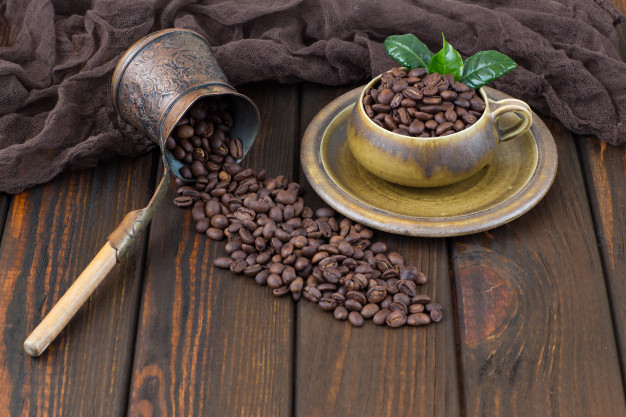

 Once the package has been opened, we advise you to keep the product in a cool, dry place, away from light and humidity, so that it retains all its nutritional and taste qualities.
Once the package has been opened, we advise you to keep the product in a cool, dry place, away from light and humidity, so that it retains all its nutritional and taste qualities.
 This product does not contain any allergens, however it may contain traces (eggs, soy, sulphur, nuts, etc.).
This product does not contain any allergens, however it may contain traces (eggs, soy, sulphur, nuts, etc.).





